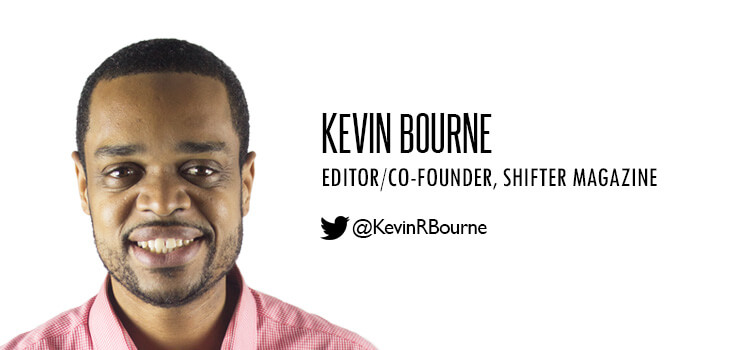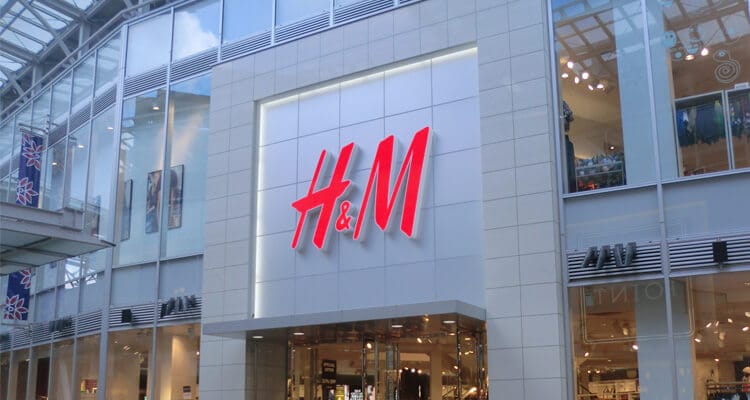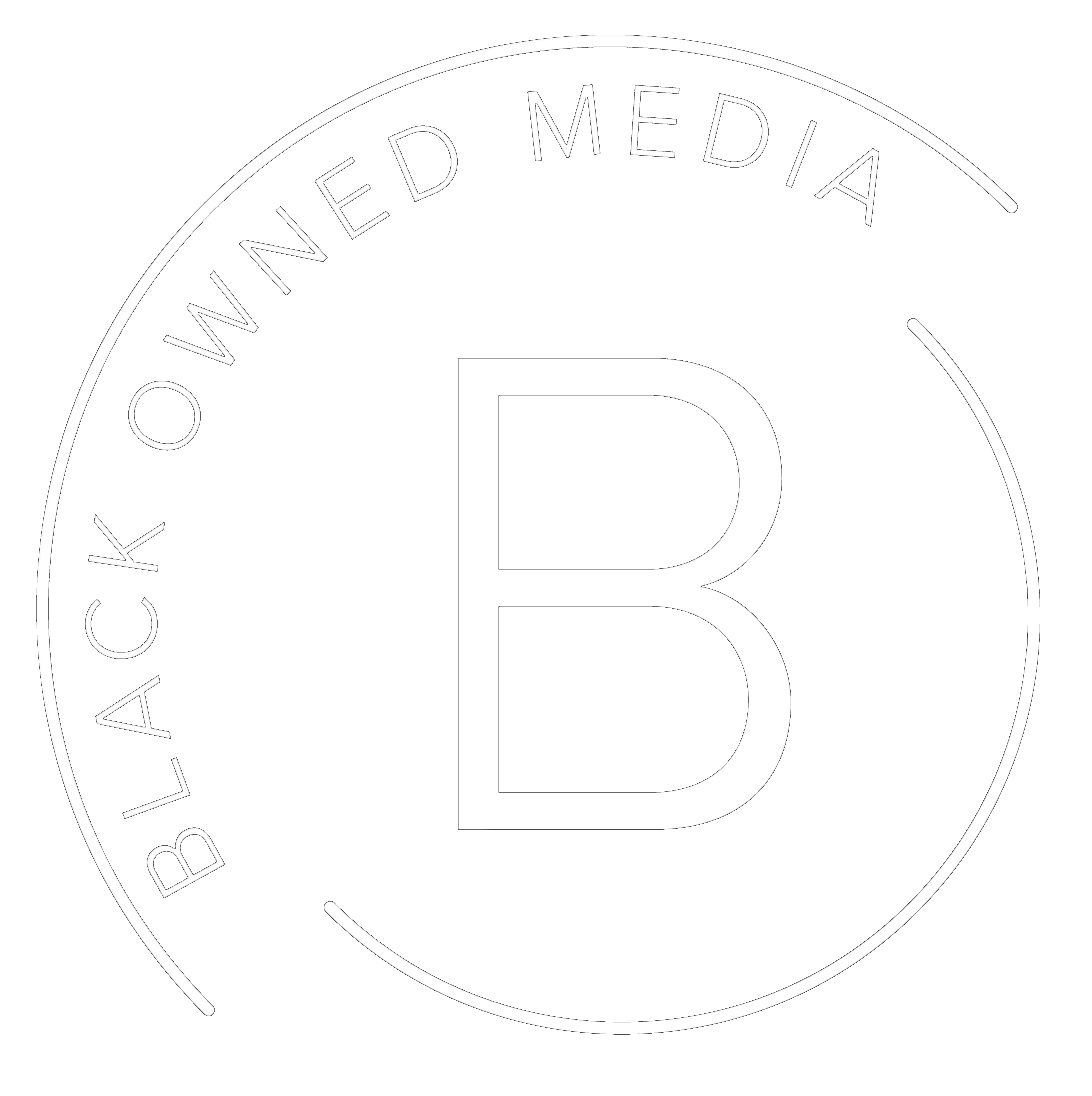The world is still talking about H&M’s controversial advertisement featuring a little black boy in a “Coolest monkey in the jungle” long sleeve shirt.
Responses have varied. One of the first celebrities to respond was Toronto R&B artist, The Weeknd, who came out saying that he’s ending his partnership with H&M. Fellow artists Pusha T, P Diddy and The Weeknd’s XO label mate, Belly, also spoke out against the ad. More recently H&M stores were trashed in South Africa in protest. Meanwhile, the boy’s mother has been vocal against the accusations of racism.
“I am the mum and this is one of hundreds of outfits my son has modelled, Stop crying wolf all the time, unnecessary issue, get over it…”, she said on social media.
With the President of the United States recently referring to Haiti and African countries as “shithole countries”, this wasn’t a great week for the establishment’s relationship with the black community.
Clearly both H&M and President Trump are ignorant, but what we saw from them are the many faces of ignorance. While the President’s ignorance is blatant and based on antiquated views where people of colour are seen as “less than”, I don’t believe H&M’s misstep this week was blatant or malicious.
woke up this morning shocked and embarrassed by this photo. i’m deeply offended and will not be working with @hm anymore… pic.twitter.com/P3023iYzAb
— The Weeknd (@theweeknd) January 8, 2018
I’m not quick to label people or organizations as “racist” (that’s a strong word), but the general public, who didn’t have the luxury of being at the photo shoot like the boy’s mother, can only draw conclusions based on what they see and the optics weren’t good.
Like many brands around the world, H&M doesn’t understand people of colour, and I don’t think they’ve invested the time and resources to figure us out. I makes you wonder whether people of colour even a part of their core demographic. When it comes to the “coolest monkey in the jungle ad”, they were seeing that advertisement from their own perspective, as well as the perspective of the demographic they’re marketing to.
So I’m going to extend an olive branch and give them some advice. Here are three ways brands like H&M can better relate to people of colour.
1. Hire people of colour in senior positions
This isn’t tokenism. As a black man, I don’t like the idea of getting a job to fill a quota. Brands need to add people of colour and women in senior positions because of the value and perspective they add. Marketing departments should be diverse so what you put out can relate to a diverse audience. Brands should also look at forming a diversity committee and make sure their focus groups are diverse. They could also hire a consultant to help them figure out how to better serve people of colour.
2. Use models of colour that look “real” or “ethnic”
There’s been some progress on this front in recent years. In the past when brands used black models they tended to use models that looked more “socially acceptable”, meaning light skinned and straight hair like Beyonce. H&M actually uses black female models with dark skin and natural hair, but it’s not widespread among brands. Companies should try to embrace men with dreadlocks, women with natural hair, and women with hijabs in their visuals. Not only are these looks beautiful and current, but they let us as people of colour know that we’re appreciated.
3. Create a separate avatar for people of colour
Brands create avatars of their ideal customer when marketing their products. “Suzy is a 22 year-old who just graduated from university and is in her first job where she works as a receptionist. She likes to go out after work with her friends, but she doesn’t want to have to change into a new outfit to go out…”
Creating an avatar based on a person of colour could help brands to get to know them better. It could also help brands to work out any prejudices they have about people of colour, when it comes to income, social class, etc.
As people of colour, we want brands to treat us the same as any other group, providing us with a similar experience and equal respect, while appreciating that we’re also different. Brands that understand this dichotomy will have better success with people of colour.
Learn and move forward
What happened with H&M is a learning experience for all brands, irrespective of industry. Invest the time and resources to get to know people of colour. We have money to spend and we’ll reward the brands that make us feel appreciated.
This article originally appeared on shifteragency.com.







